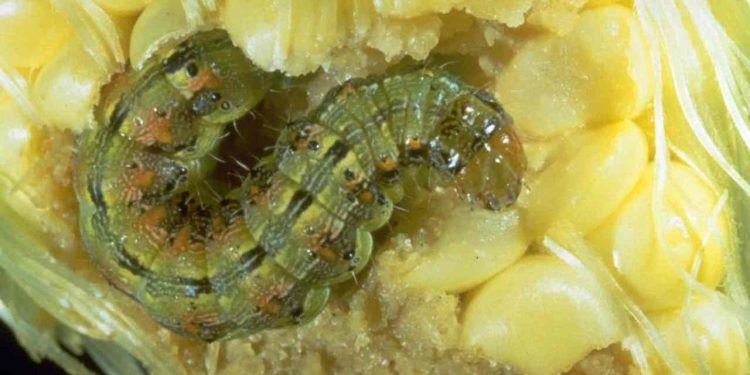#ProtectOurCrops #Helicoverpazea #CornEarworm #SustainableAgriculture #IntegratedPestManagement #CropRotation #NaturalEnemies #EconomicLosses #EnvironmentalImpact #FoodSecurity
Description: Helicoverpa zea, commonly known as the corn earworm, is a highly destructive pest that inflicts significant economic losses on crops worldwide. Its voracious appetite for corn, soybeans, tomatoes, cotton, and other crops causes extensive damage to crops, which ultimately reduces yield and quality. However, there are sustainable strategies that can be developed to manage Helicoverpa zea infestations and protect our crops.
Development: The development of sustainable strategies to combat Helicoverpa zea infestations is a critical concern for farmers and agricultural scientists. One of the most effective ways to control the corn earworm population is through integrated pest management (IPM) practices, which involve combining various control measures, such as biological control, cultural practices, and chemical control, in a way that maximizes effectiveness while minimizing environmental impact. For example, introducing natural enemies of the corn earworm, such as parasitoid wasps, can reduce their populations while maintaining a healthy ecosystem. Similarly, rotating crops and using resistant varieties can also help reduce the severity of Helicoverpa zea infestations.
Consequences of Development: The development of sustainable strategies to combat Helicoverpa zea infestations has significant economic, social, and environmental benefits. By reducing crop losses caused by the corn earworm, farmers can increase their yields and profits, thereby contributing to food security and economic stability. Additionally, sustainable pest control methods such as IPM can minimize the use of harmful chemicals, which can reduce environmental pollution and promote the health of surrounding ecosystems. Finally, by adopting sustainable practices, farmers can demonstrate their commitment to sustainable agriculture, which can enhance their reputation and social standing in their communities.








